I recently was asked this question on Quora.com, “has LinkedIn become a toxic place or is it the same as ever?”
Let me first define Toxic: Webster says it’s Poisonous. The dumping of toxic waste. That sounds relevant to me.
I define Toxic in regards to social media, as any content filled with hate and attacking words which is detrimental to a positive society.
I don’t call content I disagree with Toxic. Just because I don’t agree does not make content toxic.
Only when it’s filled with ugliness, hatefulness, and attacking anyone or groups of people for any reason, does it get called Toxic by me.
Ok, this said, yes, LinkedIn is just as toxic as it has always been. Just like Facebook, Instagram, Twitter, SnapChat, YouTube, etc, they all contain toxic content in some way or another.
It really has not changed much over time. Maybe more people adding to the toxicity and maybe a little more diversity in the toxicity. However, just as in life, hateful & attacking content has always been out there.
So, if it’s true that all social media, including LinkedIn, contains lots of toxic content, how come I almost never see any? My LinkedIn newsfeed is for the most part very enjoyable and useful.
The answer lies with us.
Our social media news feeds are filled with content from our networks that we engage on and look for. This is accomplished by the mystical news feed algorithms the social media platforms use.
They want us to see what we want to see, so we stay on their sites longer.
Think about this for a minute. Social media platforms make money when their members are viewing the newsfeed and seeing and/or clicking on the social media ads they share with us. If your newsfeed contains content that is toxic in your mind, you’ll minimize the time you spend on that site.
There are three primary reasons you are or are not seeing toxic content in your LinkedIn newsfeed.
#1 – Your LinkedIn Network, hopefully, chosen by you and you alone does not share much if any toxic content at all. Therefore, who you decide to connect with on LinkedIn will have a direct impact on the types of content you see in your newsfeed. Connect with a lot of hate spewing LinkedIn Members (and I don’t doubt they exist), and you’ll see more toxic content.
#2 – Your LinkedIn Newsfeed contains the types of content you like to engage on. I proved this a few months ago when I stopped engaging on content about LinkedIn and started searching for and engaging on content related to sales leadership. The more I shared and engaged on sales leadership content, the more my newsfeed became filled with sales leadership content. Slowly this replaced the content about LinkedIn.
Eventually, I returned my focus to content about LinkedIn and sales leadership content slowly began going away from my LinkedIn newsfeed.
This fact of ‘what you touch is what you see‘ is why I developed the edict, “Never do, say or engage on social media in any way you don’t want to be seen, heard or perceived of in life.” It’s real.
#3 – You can influence your LinkedIn newsfeed based on many different things. Hiding specific content, reporting content, unfollowing or following people or companies, viewing the newsfeed by Top or Most Recent, your LinkedIn Group activity, and following content #Hashtags, are just a few of the ways you can influence your LinkedIn newsfeed content.
In summary, we can control the visibility of toxic content in LinkedIn by adjusting our network, the content we engage on and the activities we do on LinkedIn.
Now, will this make toxic content go away? Maybe not by the actions of a few, but I’m certain if more people were deliberate about their LinkedIn Networks and what they do on LinkedIn, the toxic content will be kept from growing even more.
We are who we hang out and what we do and say in life, as well as on LinkedIn.
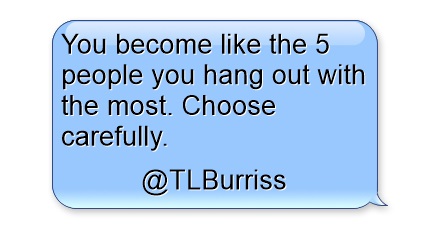
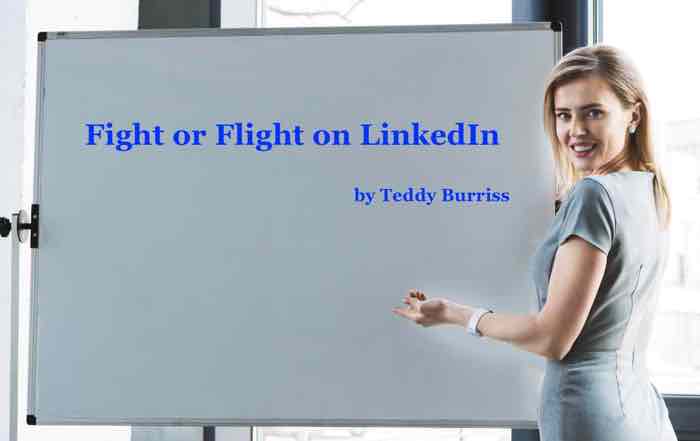
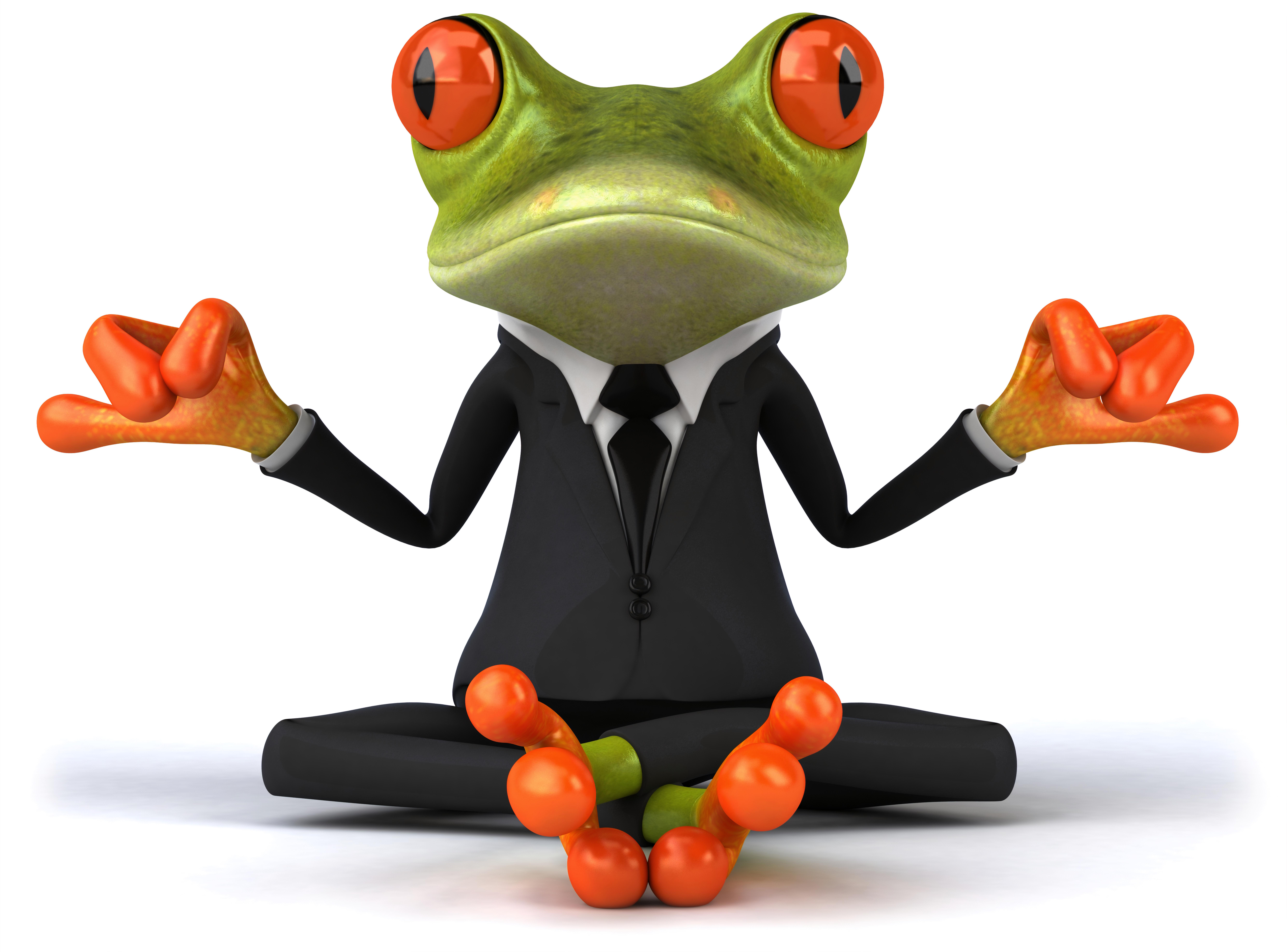
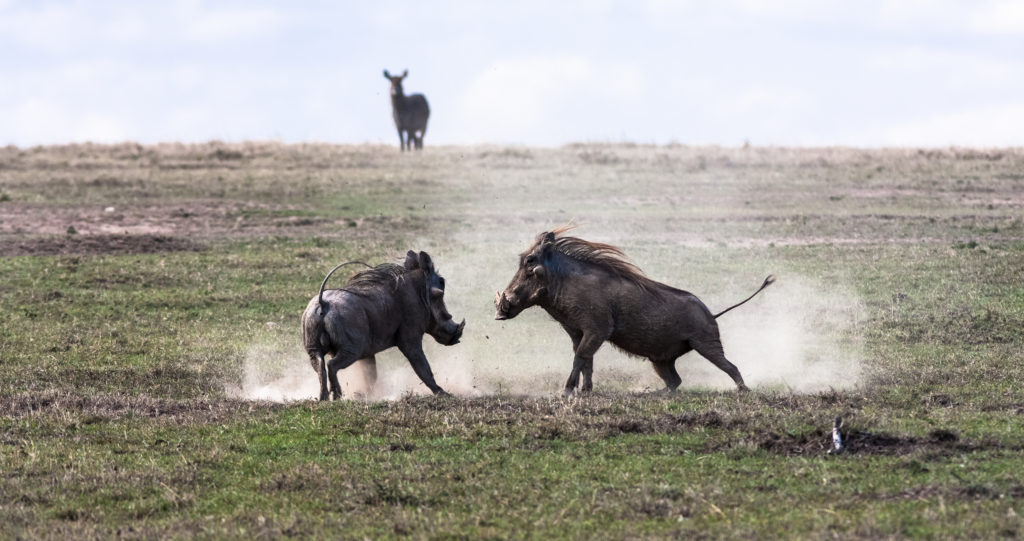
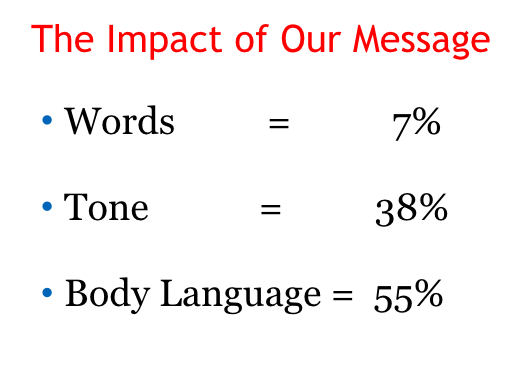
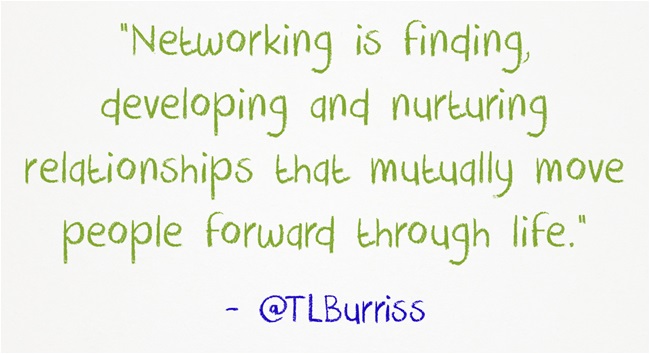
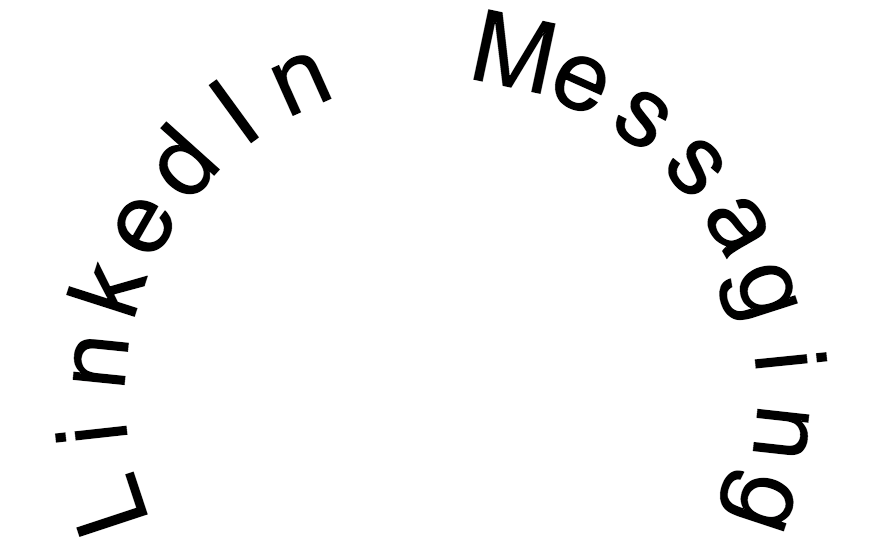
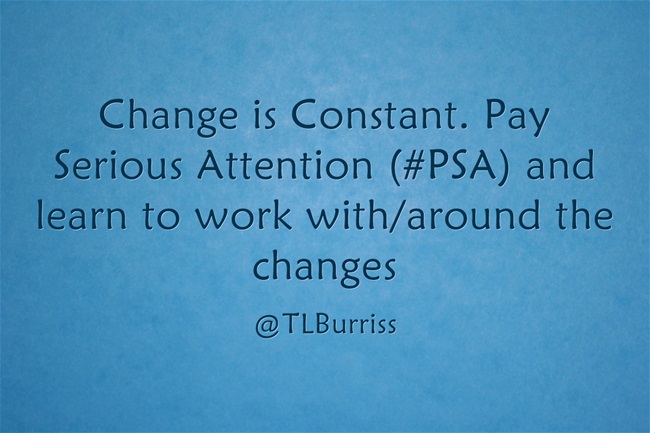

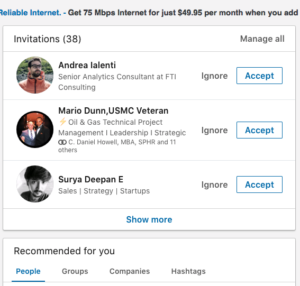
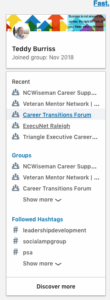 When you are viewing any of your LinkedIn Groups, owned or just a member the left column of the LinkedIn page shows the Management button (if a manager) and your Recent as well as all LinkedIn Groups.
When you are viewing any of your LinkedIn Groups, owned or just a member the left column of the LinkedIn page shows the Management button (if a manager) and your Recent as well as all LinkedIn Groups.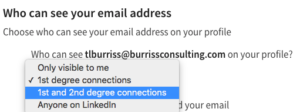
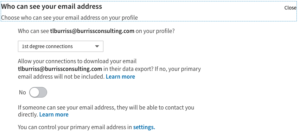


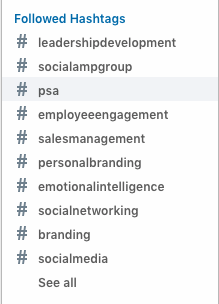 I’ve referenced #Hashtags and Communities a few times now. #Hashtags are getting new attention in LinkedIn in Posts, Articles, Company Page Posts, Comments, and even Group discussions.
I’ve referenced #Hashtags and Communities a few times now. #Hashtags are getting new attention in LinkedIn in Posts, Articles, Company Page Posts, Comments, and even Group discussions.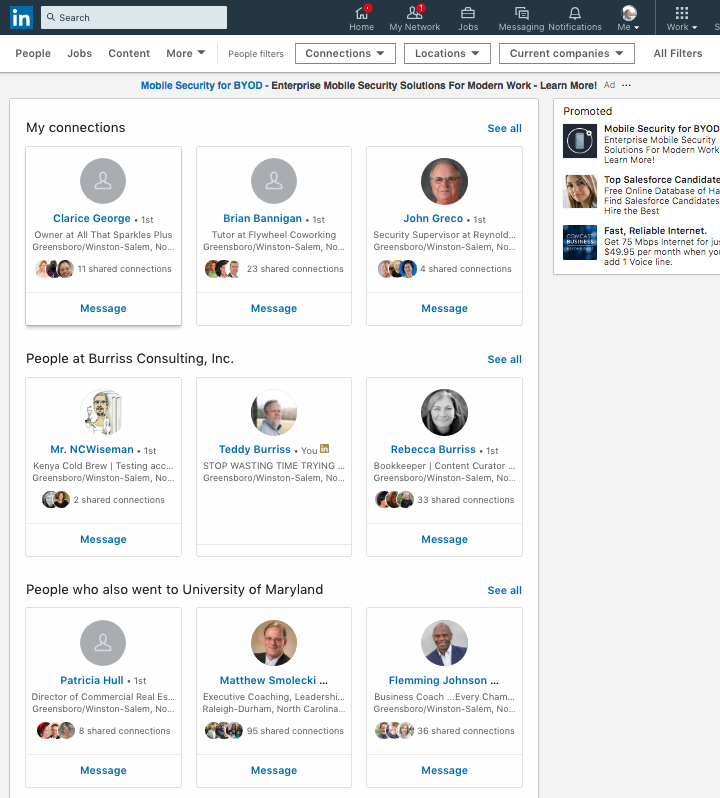 In their new theme to use gallery images, the LinkedIn Search page has three areas on it:
In their new theme to use gallery images, the LinkedIn Search page has three areas on it: